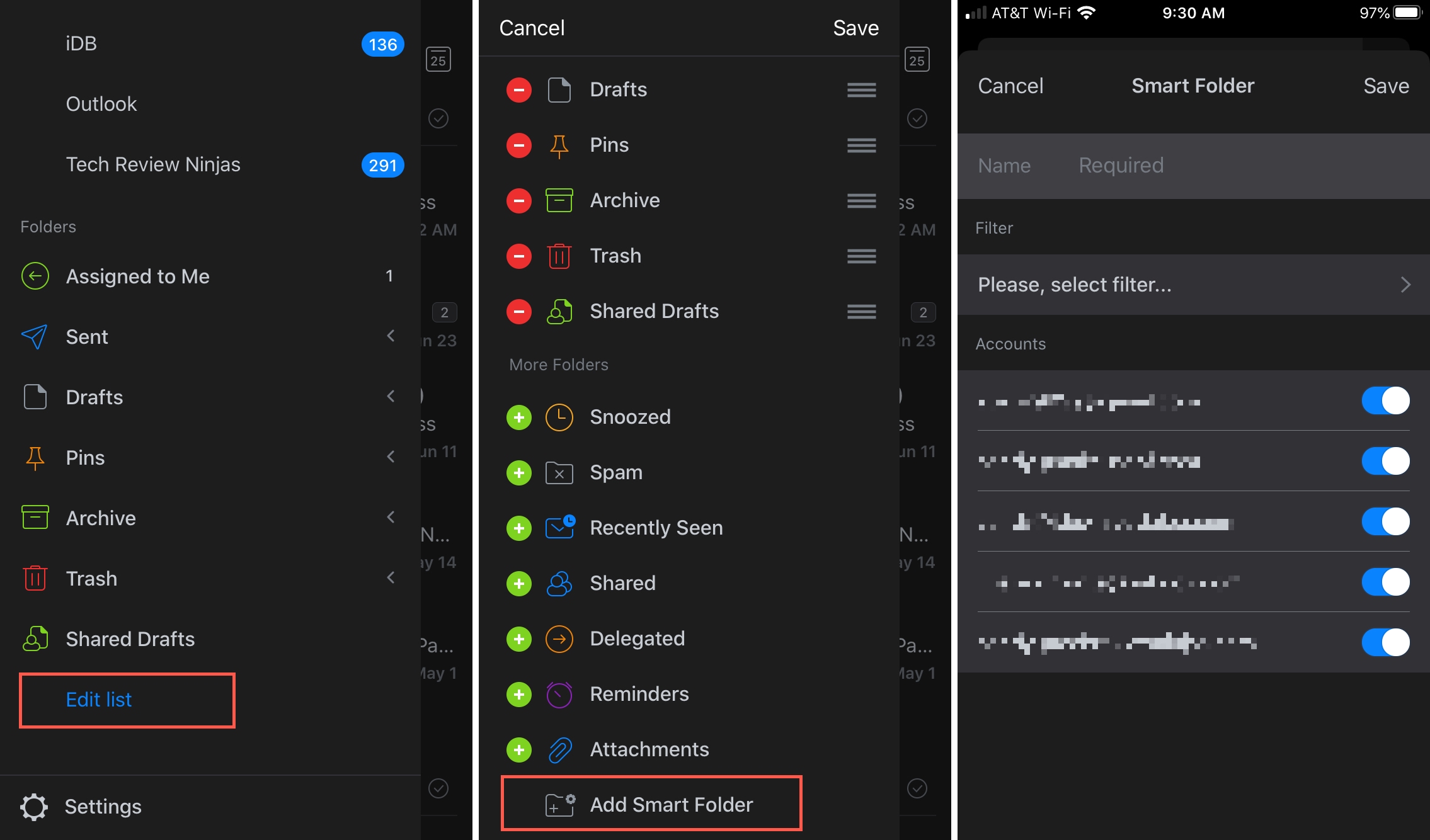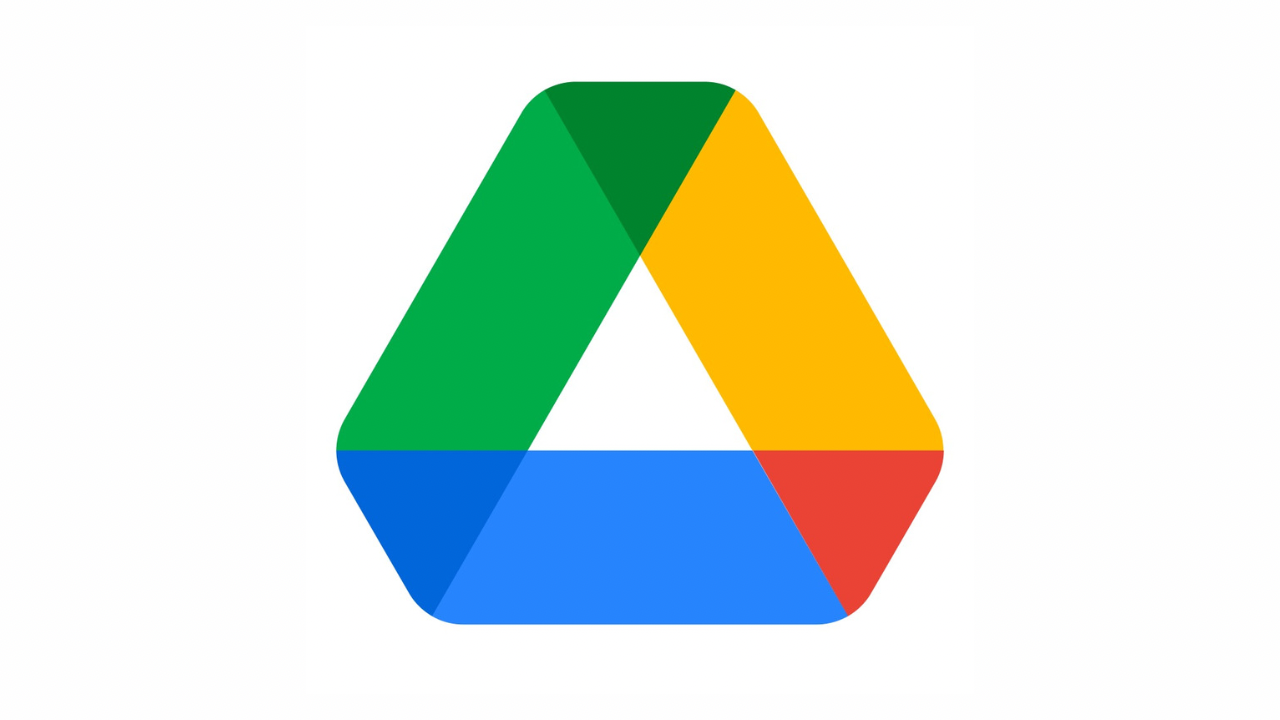
- How to attach a google drive folder in spark email for mac Pc#
- How to attach a google drive folder in spark email for mac download#
On the web, it's clear that they're still the owner, but locally, that doesn't matters very little because the file now belongs to another structure. It's only accessible from that dang folder shortcut. But when the changes sync locally to their computer, that file, which was on their machine, is gone, poof, deleted. Has to go to the Drive website to move a local file from their computer into the shared folder - they can't do it from their file browser, which was possible beforeĪlso has to go to the Drive website to move a Drive file that they own into that shared folder.
How to attach a google drive folder in spark email for mac download#
Has to manually download any non-Google-type file every time to view it or edit it, then upload it again (Google-type files are unaffected because they get edited live) Needs to be online to see what's inside the folder and which modifications other users have madeĬan't have the files inside the folder sync automatically in the background to their computer, so they don't have easy access to the latest version The owner of a folder keeps going as normal, everyone else: Now imagine you're a member of a family, small team, or any group that relies on shared folders in Google Drive. Any changes I made were synced once I came back online. Just to be sure, I turned off internet access, and opened the file.
How to attach a google drive folder in spark email for mac Pc#
I then opened the Drive folder on my PC and saw that the file was fully synced, not as a shortcut, but in its entirety. From Google Drive web, I created a shortcut for that file in my Drive. Say someone shared with me a "Shared Excel.xlsx" file. The last point needs to be further clarified because it surprised me. The former require you to be online regardless if it's a proper file or a shortcut, and the latter get synced even if they're shortcuts. With shortcuts, Google-type files (like Google Docs, Sheets, Slides) and non-Google-type files are both unaffected when syncing locally. If you have a PC or Mac, you probably use Google's Backup and Sync to make some or all of your Drive directly accessible from your file browser. Now think of those files and folders that you choose to sync locally to your computer. The file no longer obeys to the rule of sharing from its parent folder because it's no longer there.ĭrive will warn you about these, but you may click without reading the warning or realizing what it means. If the owner of a shared folder gave you the privilege to move things around, and you move a file from the shared folder to your Drive, people it's shared with will lose access. You're still in control of access privileges and can move it out, and if the owner of the shared folder deletes that folder, your file gets repatriated back to your Drive. If you are the owner of a file in Drive and move it from your Drive to a shared folder where you're a recipient (and not the owner), that file will no longer be yours still be yours but it won't be saved in your Drive. For example, these are two consequences that make sense in this new paradigm, but that you never had to think about previously: The one file equals one original location equation requires Drive users to adjust the way they think about sharing and moving things around. Based on the company's documentation, this aspect seems to be the biggest motivator behind the change. Fewer sync issues, fewer bugs when people make modifications on their end. File ownership is also clearer on Google's end: One file, one owner, one place.

Anyone who enjoys hierarchy and organization will love this. The benefit here is that you can create as many shortcuts as you want, so you could quickly access a shared file or folder from multiple places inside your Drive without duplicating them. On the sender's end, nothing changes, but on the recipient's end, things are completely different from what they used to be. To see it in action, you have to try to share a file or folder now.
:max_bytes(150000):strip_icc()/002-set-up-and-use-google-drove-on-your-mac-effc8e69764a4882a7fecb72e4d538fd.jpg)
That temporary reprieve is likely why many of us didn't notice the change. So if your family, group of friends, team, or company already uses some shared folders, they won't be affected until September 2020 - the date at which shared folders and files will be automatically switched to shortcuts for everyone except the original owner. The feature regression isn't yet visible if you're working with folders that have already been shared and organized.

Only newly shared folders are affected, for now However, this seemingly benign improvement has completely ruined shared folders for anyone who syncs Drive locally to their PC or Mac. The feature had been in testing since August 2019, and its goal is to help you better organize shared files and folders without duplicating them, thus saving you storage and reducing the redundancy and confusion when you move things around. Several weeks ago, Google rolled out a change to Drive that lets you create shortcuts to files and folders.

Workaround, Google shares longterm plan.


 0 kommentar(er)
0 kommentar(er)
